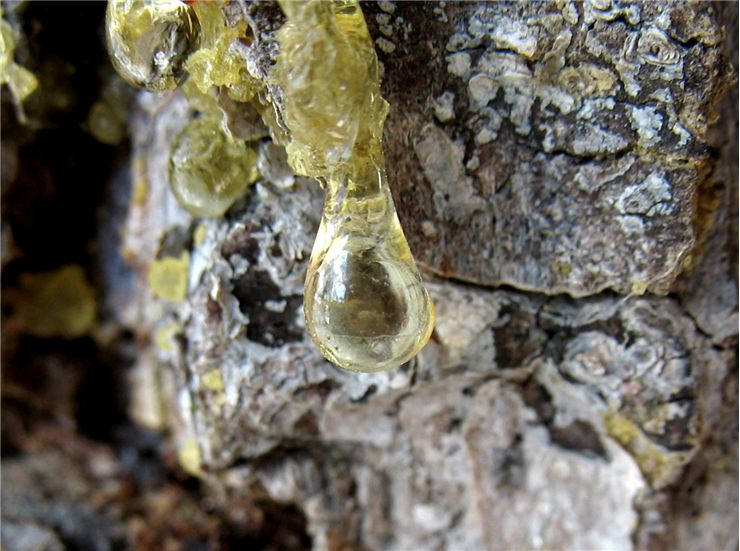History of Natural Rubber as Natural Glue
Glues based on natural rubber are not numerous, but they represent an important part of adhesive family in group that is best known under the name of “contact adhesives”. Glues with this structure have ability not only to be highly elastic, but also to undergo strain crystallization - process in which substance of one type change into a solid form after application of strain (liquid substance transforms into crystalized solid substance).
The first ever appearance of glues made from natural rubber extract was recorded in 1830. Just nine years later, famous manufacturing engineer Charles Goodyear expanded on initial rubber glue findings, noting that after adding sulfur to it, it became highly elastic. This became basis for his incredibly important discovery of vulcanized rubber, invention that will enable world to welcome rubber tires to vehicles. The rise of industry demanded from inventors and chemist to develop new and stronger compounds for working with both metal and rubber. This prompted development of several new types of rubber glues, which were used everywhere from automotive industry, engineering and construction. They were especially highly used for gluing metal and rubber surfaces.
Another important development of natural rubber-based stocky adhesives happened because of the needs of clothing industry, which used rubber glues for many applications. Most popular ones were semi-sticky electric and surgical tapes.
Today in modern times, rubber glues are still in use, although much less than before. One of the most popular application is Rubber Cement, an adhesive that mixes elastic rubber polymers with solvent that keep the glue fluid enough for large amount of time in which it can be used. This glue evaporates very quickly, and is used for gluing paper or any other object that later need to be removed one from another without damage. They can even be used as “erasable pen”, with ordinary erasers being able to remove their substance from paper up to 10 hours after it was applied without any damage to the paper surface. However, rubber cement is recommended to be used only for relatively short periods of time. In prolonged use, its mixture will start damaging parkers and photographs.
